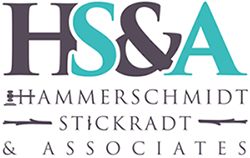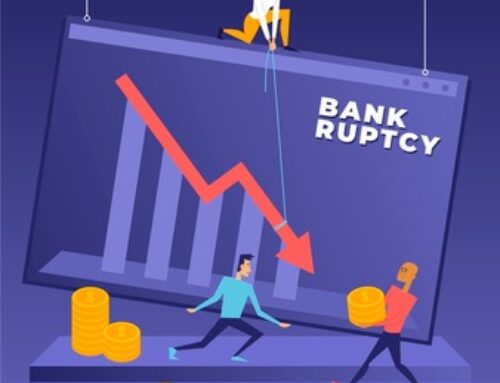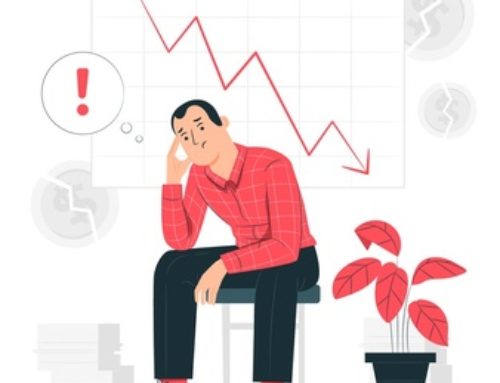Most debtors who are dealing with debt file for Chapter 7 bankruptcy to seek debt relief. A Chapter 7 bankruptcy, also known as liquidation bankruptcy, allows a debtor to have most unsecured debts discharged after liquidating nonexempt property and assets to repay their creditors.
If you’re considering bankruptcy, it’s important to understand how the Chapter 7 bankruptcy process. An experienced bankruptcy attorney can provide legal help in preparing your bankruptcy petition and while going through the bankruptcy proceeding.
1. Make sure you qualify for Chapter 7 bankruptcy.
Before you decide to file for bankruptcy, you should first check if you qualify to file for bankruptcy Chapter 7. The bankruptcy means test is used to determine if you’re eligible to file bankruptcy by comparing your monthly income to the state median income. If your household income is less than the median, you pass the means test and are qualified to file Chapter 7.
If it exceeds the median, you might still be able to qualify for bankruptcy Chapter 7 if, after deducting allowable living expenses, your disposable income is not enough to pay back your debts in a Chapter 13 bankruptcy filing. Discuss your situation with a local bankruptcy lawyer if you’re unsure about your eligibility for Chapter 7.
2. Evaluate your debts and check for property exemption.
After confirming your eligibility, the next step is to look at your unsecured and secured debts. You should prepare a list of your consumer debts, along with their creditor and the amounts owed, because you’ll need to file these along with your petition in bankruptcy.
You should also gather the necessary paperwork for your assets and liabilities, which will also help you identify exempt property that you can protect under bankruptcy exemptions.
3. Take a credit counseling course.
The bankruptcy code requires all bankruptcy filers to complete a credit counseling course before filing bankruptcy. You’ll need to file your certificate of completion along with your bankruptcy petition. Make sure you take a course from an approved credit counseling agency.
4. Fill out and file your bankruptcy forms.

- Current monthly income and living expenses;
- Details of your secured and unsecured debt;
- Personal property and assets owned;
- Property for bankruptcy protection; and
- Tax returns for the past two years.
After filling out the forms, file them to court and pay the appropriate filing fees. You can hire a bankruptcy petition preparer or a bankruptcy attorney to ensure that your bankruptcy petition is accurate and complete and avoid having your bankruptcy case delayed.
5. Submit paperwork to your bankruptcy trustee.
After filing, a trustee will be assigned to your case to verify your bankruptcy information. You may be requested to send pay stubs, tax returns, and other additional documents. Make sure to respond to these requests and send the required paperwork to your trustee.
6. Attend the meeting of creditors.
Shortly after, a meeting with creditors will be scheduled. In most cases, this is the only time you’ll need to go to the bankruptcy court. During the meeting, you’ll be sworn in and asked questions regarding the information you provided. Your lenders may also ask a question or raise objections.
Make sure you or your bankruptcy lawyer dispute any claims against you or eliminate certain liens before your case is closed so you won’t have to reopen your case later on.
7. Complete a debtor education course.
Before you can receive your discharge in bankruptcy, the United States Bankruptcy Code also requires you to take a post-filing course. As with the pre-filing course, the course should be taken from an approved provider.
8. Receive your bankruptcy discharge.
After submitting your completion certificate, you’ll receive your bankruptcy discharge which will eliminate your debts. You’ll no longer be liable for discharged debts and you can get your financial fresh start.
Considering filing for bankruptcy? Having reliable bankruptcy attorneys by your side can make the bankruptcy proceeding smoother and help you be prepared for any issues that pop up along the way. At Hammerschmidt Stickradt & Associates, we can provide you with the legal assistance you need to get debt relief. Contact our office today to schedule a free consultation!



